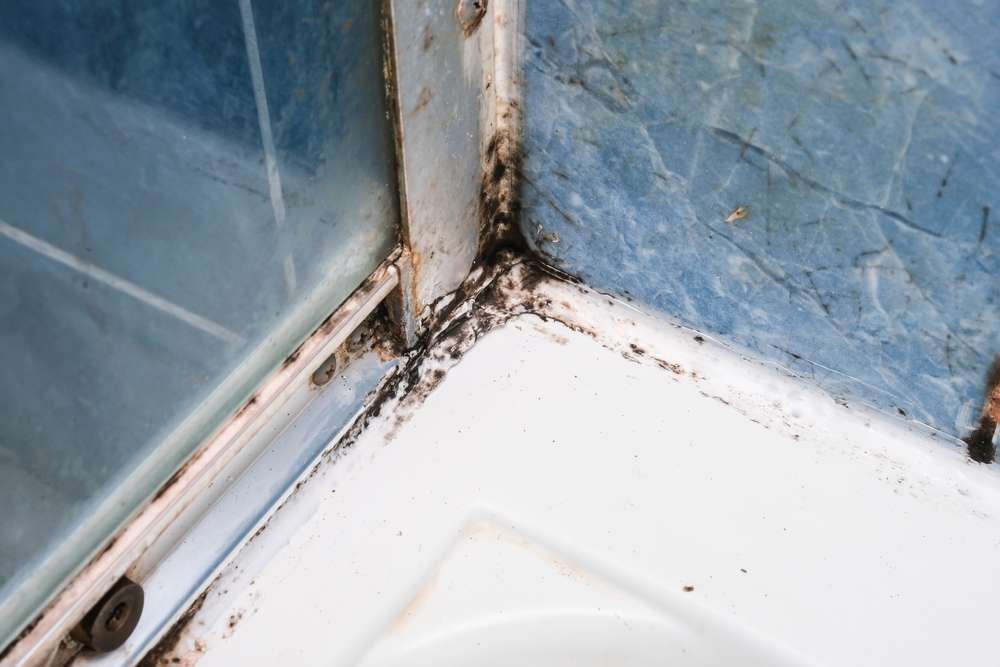Low-energy ventilation solutions for moisture-prone interiors
Effective moisture control in interiors depends on balanced airflow, targeted exhaust, and sensible material choices. Low-energy ventilation systems reduce humidity and limit mold growth while using less power, combining passive design with efficient fans and attention to waterproofing, tiling, sealant, drainage, insulation, and routine maintenance.

Moisture-prone interiors require strategies that manage humidity without large energy demands. Low-energy ventilation focuses on moving damp air out and reducing condensation through a mix of passive approaches and efficient mechanical systems. Properly designed ventilation can limit mold and mildew growth, protect finishes like tiling and sealant, and reduce the long-term need for intense fixes. This article outlines practical, energy-conscious measures that link ventilation, insulation, drainage, lighting, and maintenance to healthier indoor environments.
How can ventilation reduce humidity and mold?
Controlling humidity starts with air exchange: removing humid indoor air and replacing it with drier outside air when conditions permit. Continuous low-rate ventilation, such as trickle vents or controlled passive vents, lowers average relative humidity and reduces condensation on cold surfaces where mold and mildew thrive. In confined rooms, targeted exhaust fans with humidity sensors can run only when needed, avoiding unnecessary energy use. Combining ventilation with improved insulation reduces thermal bridges, which are common sites for condensation and subsequent mold growth.
Which low-energy exhaust options work best?
Low-energy exhaust choices include DC-motor fans, energy-recovery ventilators (ERVs) at small scales, and demand-controlled fans with humidity sensors. DC fans use markedly less electricity than older AC models and can be paired with timers or humidity triggers to operate only when moisture rises. Heat- or energy-recovery ventilators reclaim some energy from outgoing air in colder climates, reducing overall heating or cooling loads. For many moisture-prone spaces, a compact exhaust fan with good sealing and a sensor provides efficient, targeted ventilation without continuous high power draw.
How does insulation and waterproofing help?
Insulation and effective waterproofing reduce the conditions that lead to surface condensation and damp building fabric. Properly insulated walls and ceilings keep interior surfaces warmer, reducing relative humidity at the surface and lowering mold risk. Waterproofing measures, such as vapor barriers in the right locations and sealed wet zones, prevent liquid water intrusion that can feed mildew growth. Coordinating insulation placement with controlled ventilation creates a balanced environment where moisture is less likely to accumulate on cold surfaces.
How should drainage, tiling, and sealant be used?
Good drainage and resilient finishes mitigate the impact of water where it occurs. Floors and fixtures should slope to drains to remove standing water quickly. Tiling in wet areas provides a durable, water-resistant surface when installed with appropriate grout and flexible sealant at joints. Use sealants rated for repeated water exposure and check their adhesion periodically. Proper substrate preparation and drainage behind tile assemblies help avoid trapped moisture that can lead to hidden mold growth and material degradation.
What role does lighting play in moisture control?
Lighting has an indirect role in moisture-prone interiors: heat from fixtures can reduce localized condensation, and well-lit spaces make it easier to spot early signs of mold or sealant failure. Choose low-heat LED lighting to avoid adding unnecessary heat loads while still maintaining visibility. Avoid recessed fixtures that create ceiling voids prone to condensation unless those voids are properly insulated and ventilated. Integrating lighting design with ventilation planning can improve detection and management of moisture issues without increasing energy consumption dramatically.
How to plan maintenance to prevent mildew?
Regular maintenance is a cornerstone of low-energy moisture control. Clean and inspect exhaust fans, replace or clean filters, and test humidity sensors to ensure they trigger as intended. Examine grout and sealant lines at regular intervals, repairing cracks or failures promptly. Check drainage points and clear debris to prevent pooling. Periodic inspections of insulation integrity and vapor barriers help find leaks early. Consistent, modest maintenance prevents small moisture problems from becoming mold or mildew infestations that require heavy remediation.
Conclusion
Low-energy ventilation for moisture-prone interiors balances passive measures, efficient mechanical systems, and materials that resist water penetration. Prioritizing targeted exhaust, improved insulation, correct drainage, durable tiling and sealants, appropriate lighting, and routine maintenance reduces humidity and the likelihood of mold and mildew while keeping energy use low. Thoughtful integration of these elements produces durable, healthier interiors without large ongoing power consumption.





